Article by Mark Godlewski
Cedar hedges carved into vase shapes by neighbourhood deer are a common sight in the Okanagan, as are the burned and blackened silhouettes of cedars. Cedars can even draw wildfire to the flammable siding of a home. A brown pyramid cedar amongst the green ones, where the drip irrigation has become blocked, leaving one in a hedge dead for lack of water, is also not uncommon.
Cedars are naturally found in damp areas and as such are a poor hedging choice for the semi-arid Okanagan Valley. They are heavy water consumers and are likely to be early casualties of water restrictions during a drought.
There are many drought-tolerant hedge options available that offer food for pollinators while being deer and fire-resistant—both native and non-native options. This blog entry will focus on native options, with a follow-up blog item looking at non-native options as alternatives to cedar hedges.
Fig. 1 – Mock Orange, Philadelphus lewisii, Judie Steeves
One of our most stunning native shrubs is Philadelphus lewisii, commonly known as Mock Orange. This shrub has it all, from fragrant creamy white spring flowers to interesting peeling bark during the winter season, and everything in between. Blooming in profusion in June this shrub features fragrant white flowers which are loved by all sorts of pollinators. Philadelphus lewisii is extremely drought-tolerant once established and is not prone to pests or disease. The common name ‘Mock-Orange refers to the spring blooms which fill the air with a warm orange-blossom scent, absolutely unmistakable. The leaves and flowers were traditionally used throughout the Okanagan Valley for soap and the hard wood was used for a variety of implements from primitive tools to arrows.
Mock Orange is a sprawling shrub reaching nine feet by nine feet, but as it is such a popular shrub, breeders have been focused on offering homeowners smaller cultivars, many of which are available at local nurseries. One of the smallest on offer is Philadelphus ‘Snowbelle’ at only three feet high and wide, so it is easily included in smaller gardens. A grouping of these shrubs makes a wonderful hedge which will delight all and offer an important source of food for early pollinators and later snacking birds.
Philadelphus lewisii blooms on old wood, the previous year’s growth, so it is best to trim your hedge just after its Spring bloom or you may jeopardize the future year’s blooms.
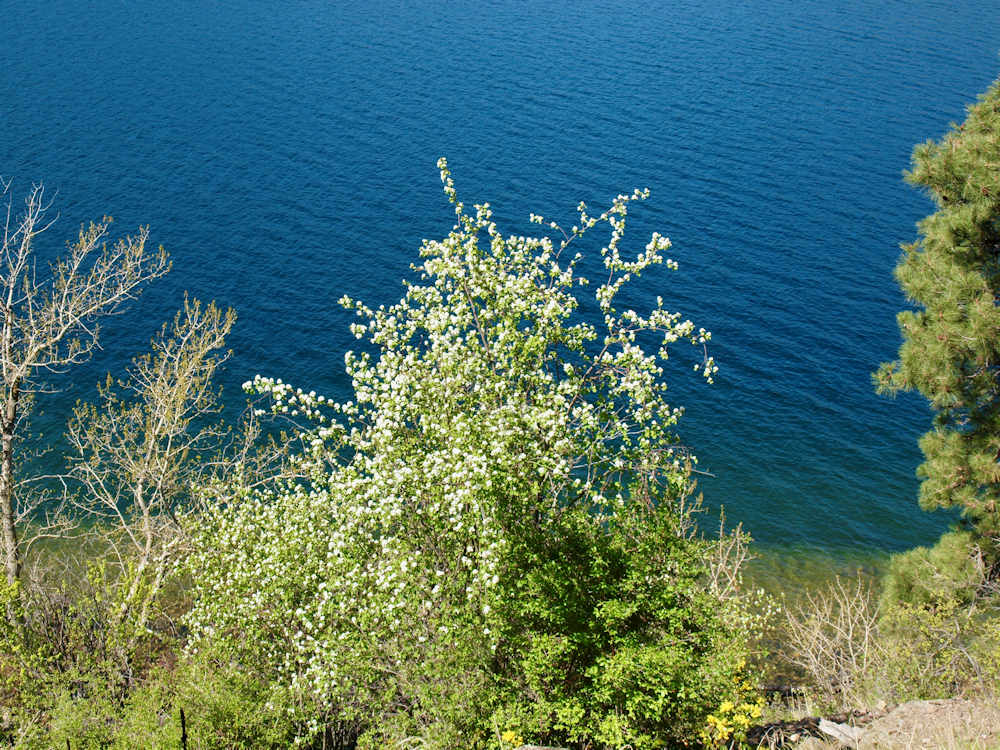
Fig. 2 – Saskatoon, Amelanchier alnifolia, Judie Steeves
Another option is Amelanchier alnifolia, which is commonly known as Saskatoon or Serviceberry, and requires little if any supplemental water once established. It provides early food for pollinators with white showy flowers in spring followed by purple or almost black fruit for birds in the summer and fall.
The berries of Amelanchier alnifolia featured heavily in native culture, being consumed both fresh or dried and they were an important trade item. Amelanchier alnifolia has a long life, up to 60 years in an ideal location here in the Okanagan, and they are fast-growing, reaching six feet in as many years. This shrub can reach 15 feet and can be pruned in late winter or early spring, prior to new growth, in order to adapt to its location.
The cultivar ‘Regent’ is smaller in stature, reaching six feet high and wide. Amelanchier alnifolia offers multiple seasons of interest and as such is an excellent hedging option, both drought-tolerant and Firesmart. This shrub is featured in our Native Garden at the Xeriscape Demonstration Garden.
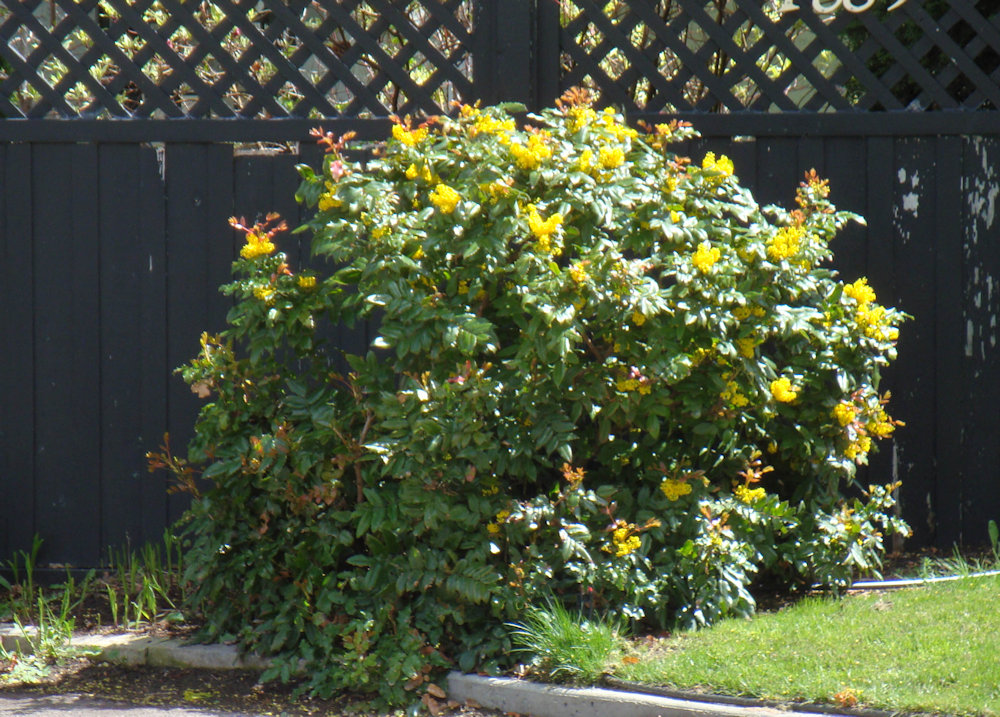
Fig. 3 – Oregon Grape, Berberis aquifolium, Mark Godlewski
Another Okanagan native option for hedging could include what was known as Mahonia aquifolium but has recently been renamed Berberis aquifolium, commonly known as Tall Oregon Grape. This evergreen features shiny leaves with spiny teeth, similar to holly, with bright yellow spring flowers, loved by hungry pollinators, followed by blue berries which attract birds later in the season.
This shrub can grow up to eight feet with a spread of three to six feet and performs well in both full sun and partial shade. The vast root system makes it an excellent choice for erosion control on sloped properties common throughout the Okanagan Valley. If sited in an irrigated location these roots may be an issue and a root barrier should be used.
The spiny leaves are not a favourite of browsing deer and can be pruned as desired. This native was traditionally used culinarily by cooking up the berries to make a tart jam to accompany meats and the yellow pigment was extracted from the stems to use as a dye.
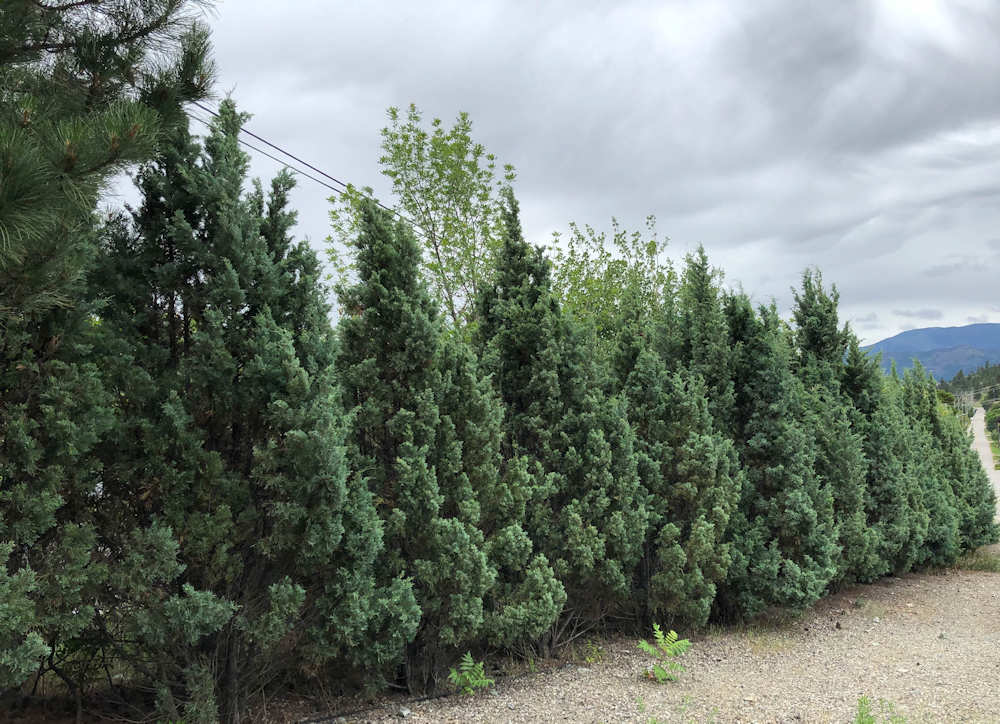
Fig. 4 – Rocky Mountain Juniper (Juniperus Scopulorum), Mark Godlewski
Rocky Mountain Juniper (Juniperus scopulorum) is another candidate for evergreen hedges. It is native to our region and consequently admirably adapted. The striking blue foliage makes a nice contrast to other plants in the garden. There are many cultivars of this species some of them relatively narrow which can make them easier to work with as a hedge.

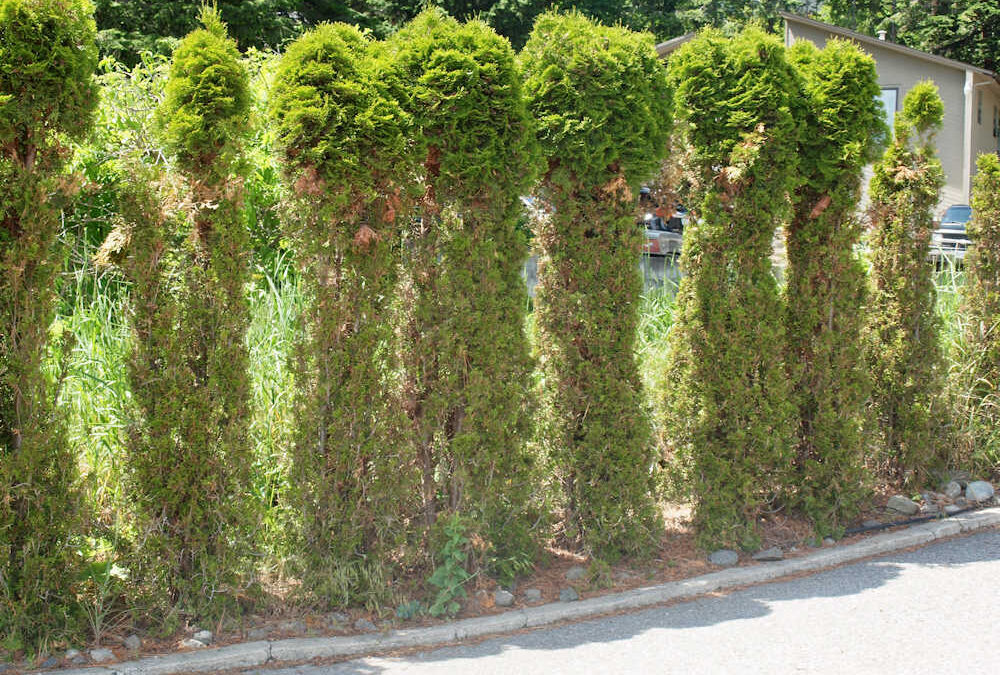
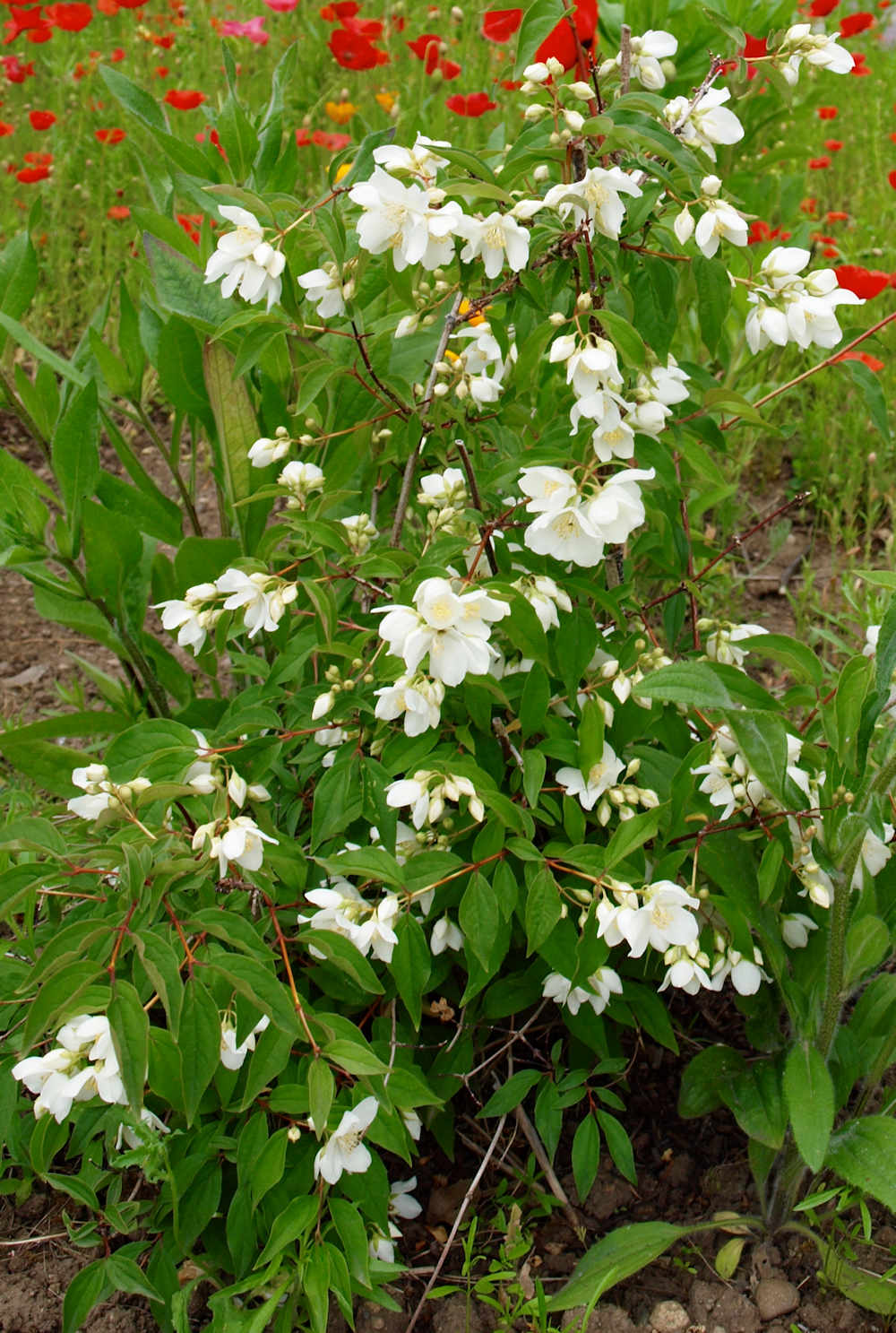
This was so helpful! We have a large numbers of cedars that look like your first picture, and I am tired of trying to make them look better. They’ll be coming down this spring for sure. I really like the idea of planting a berry bush but our decision will also have to take into account what will grow quickly into a hedge. Any thoughts on that?
Thanks so much for the feedback. Please take a look at our new second post on the hedge alternatives and see if that answers your question.
The idea of using Saskatoon bushes as a hedge is very attractive and appropriate for the Okanangan. I wonder if anyone has some photos and experiences to share with us.
I like the idea of junipers as a hedge. Would it be ok to prune junipers so they only get 4 -5 feet tall?
Juniperus scopulorum comes in a wide range of cultivars some of which are quite narrow and hedge like, but most want to grow at least 10 feet tall. You can prune these junipers but you will have to be prepared to prune frequently to keep the height to less than 5 feet. The interior of the juniper develops a dead zone and if you prune into that zone the shrub does not recover.
We have 2 juniper hedges , though they are not thriving. I am surprised they are suggested under the heading of fire resistant hedges. My understanding is that they would light up like a candle in a fire and cause adjacent buildings to catch on fire.
We did not make any claim of fire resistance in our blog article. We are focussed mainly on drought tolerance. You are correct junipers are not fire resistant and should not be planted close to a building.